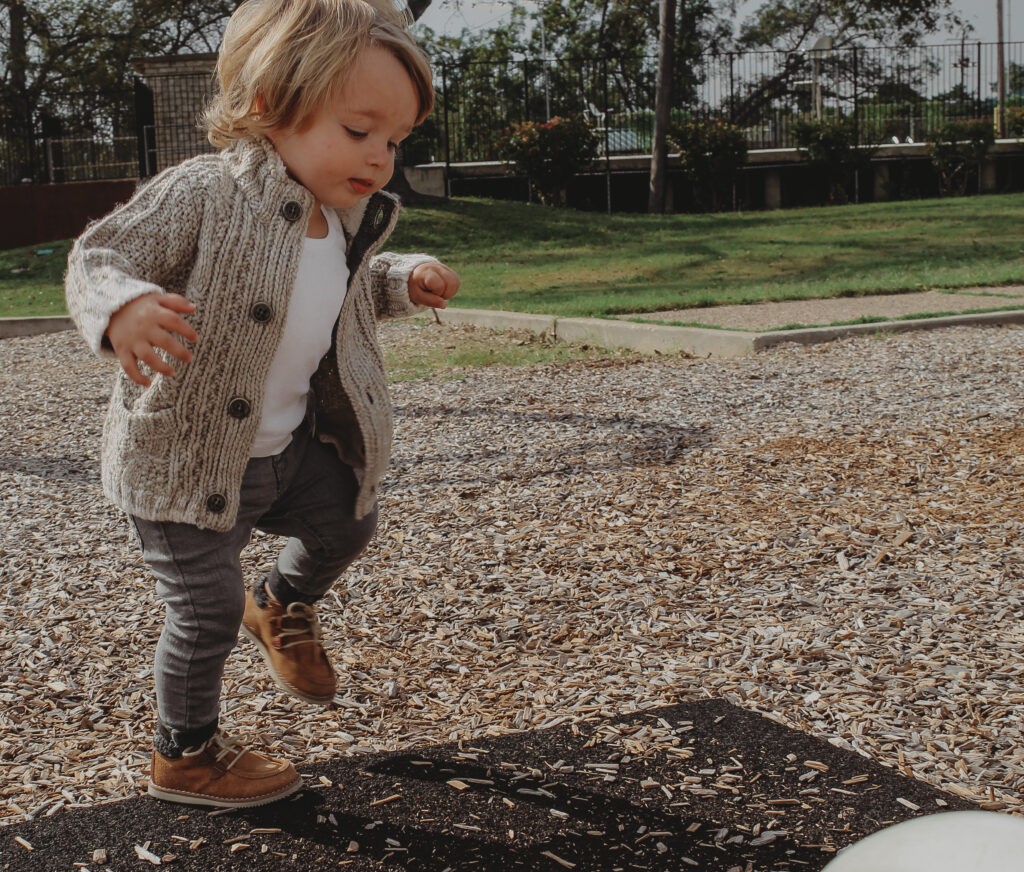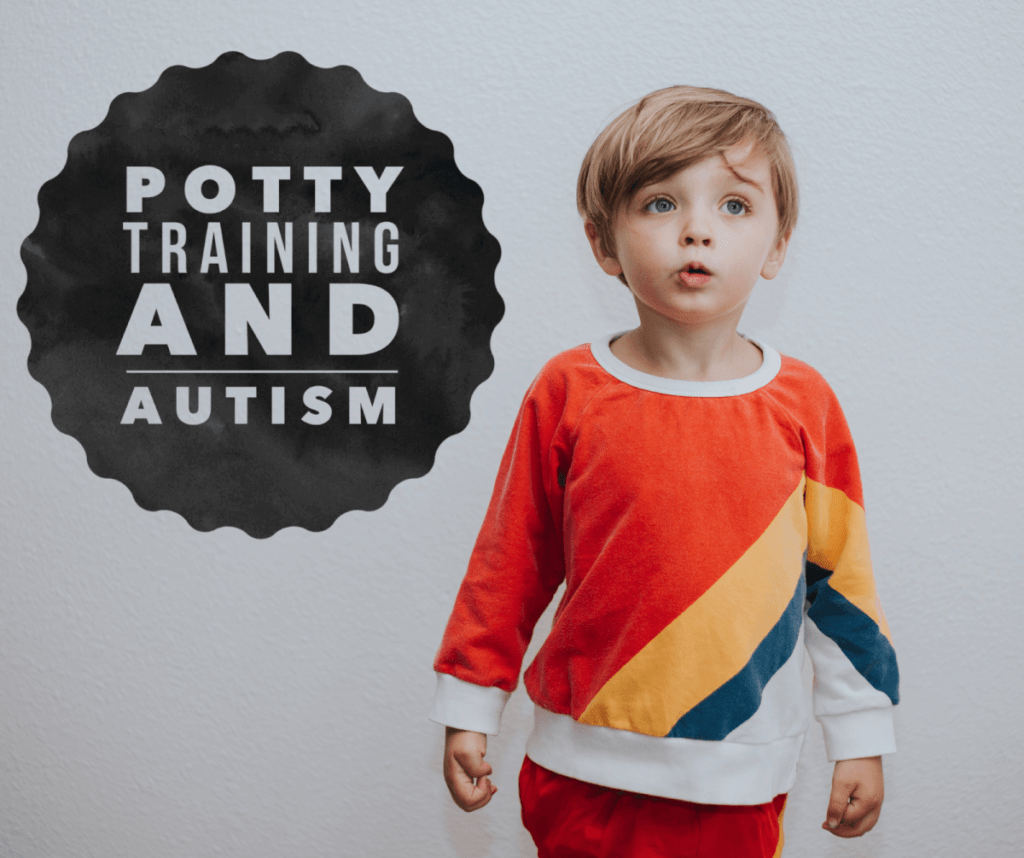This is a guest post written by Jacqueline, a BCBA who’s been in the field for 10 years, she tells us about indicators of quality ABA and what to look for in an ABA therapy center.

Compassionate ABA from a BCBA perspective
BCBAs adhere to an Ethics Code that is more developed than many of the clinicians with whom we collaborate. Personal opinion-this may be at least partly because we become part of families’ lives in a way that is more personal than other disciplines. We have therapists spending dozens of hours in a family home and BCBAs having difficult conversations with caregivers weekly. The BCBA Ethics code was updated for 2022 and now includes 4 core values of the BCBA credential.
4 core values of the BCBA credential:
1) To Benefit Others
2) Treat Others with Compassion, Dignity, and Respect
3) Behave w/Integrity and
4) Ensure Competence. To me, it speaks volumes that our top two core values have nothing to do with our professional abilities and have everything to do with being a humanistic profession. This sets the tone for how our science is evolving in the best way possible. In the words of Greg Hanley, “Today’s ABA”.
I have a memory of potty training a then 2-year-old when I was a graduate student working as an ABA therapist 8 years ago. The child was screaming and crying while sitting on the toilet. They weren’t trying to get up from the toilet but were having a tantrum. I was comforting the toddler, letting them know it would be ok and that we were almost done with potty, rubbing his back. The feedback I received from my BCBA at the time was, “You need to ignore them while they’re crying so you don’t inadvertently reinforce the behavior.” A 2-year-old. Screaming bloody murder. In distress. Was I supposed to just ignore this? This never sat well with me, but I was just a student and they had been a BCBA for 5 years….surely they knew better. My opinion was never asked.

What to do when people report traumatic ABA experiences?
When people state that they have had past experiences in ABA that were traumatic, we as BCBAs should not become defensive. The behavioral definition of trauma I’ve found most succinct is from Dr. Camille Kolu, “Previous adverse conditioning experiences which impact current behavioral repertoires”. Meaning if an adult can’t stomach looking at broccoli because they were forced to eat it 20 trials at a time in ABA as a child, this can be identified as a trauma response. It’s important to change perception by action, interaction, and experience. These examples are not today’s ABA, yet they were yesterday’s ABA.
The beauty of ABA is that it is a science. Science evolves. It changes as new research is published. It becomes more refined as we find more humane and dignified ways to teach new skills. For example, we have learned that we can reduce many challenges without suffering through an extinction burst. An extinction burst is when a challenging behavior gets worse before it gets better when we stop “giving in” to behavior. This approach is still assumed to be “part of the process”. Although sometimes this approach can still be appropriate, shaping is a more appropriate and dignified intervention that prevents large escalations and teaches replacement skills in a proactive way.
Quality ABA uses individualized, data-informed interventions
Another element critical for today’s ABA is ensuring the use of individualized, data-informed interventions that are programmed for generalization from the beginning. This means that therapy shouldn’t sound robotic. Skills should be practiced in more ways than at the table with a token board using the same instruction. Not everyone needs a visual schedule. Your BCBA should be able to offer a clinical rationale for each goal and intervention. Students should respectfully question their supervisor’s intervention choices if the supervisor does not explain why they are doing what they are or they give statements such as “That’s how I’ve always done it”.
To sum up, all ABA should be compassionate, however, we are still working to get there. The following is not an exhaustive list, but some things that families should look for in an ABA provider using “Today’s ABA”.
Indicators of Quality ABA in 2022
- Negative perceptions of ABA are not met with defense, but compassion.
- Focus of programming is proactive and skills-building rather than reactive. For every behavior you are working to reduce, there should be a related skills-building goal or functional replacement.
- Language skills are taught using a variety of different stimuli, questions, answers, and instructions.
- Therapy doesn’t force unnecessary transitions such as excessive table work.
- Therapy sessions don’t “Force compliance” by using physical prompting to complete a task when the child is not ready.
- Stereotypy or “Stimming” isn’t targeted for decrease unless it is a direct significant barrier to the child’s progress and is impeding learning.
- Eye contact isn’t prompted if your child is able to listen without it.
- Time is spent focusing on bodily autonomy, consent, assent, and dissent.
- Treatment plan development is a collaborative process that isn’t finalized until the family has agreed and signed.
- If caregivers are unable to commit to a proposed intervention, the intervention is not pushed on the family by the BCBA.
- .The BCBA acknowledges that there are many factors/influences on behavior.
- BCBA provides clinical rationale in a common language.
- BCBA can admit when they missed something or can do better.
- Discussions of social significance occur with your BCBA during caregiver meetings.

Jacqueline’s Bio:
Jacqueline has been in the ABA field for 10 years and has been a BCBA for 6. She currently heads the ABA department of a growing Multidisciplinary clinic in Chicago, IL. Jacqueline is passionate about interdisciplinary collaboration, trauma-informed ABA, and using a holistic approach to working with children and their families. She also enjoys overseeing BCBA trainees and helping them become independent, compassionate, data-driven BCBAs. Jacqueline’s Linkedin & Jaqueline’s Instagram

![[Book] Growing up with a learning difficulty: Vera McLuckie and The Daydream Club 3 the autism cafe, autism awareness autism day april, proloquo, aac, ipad, app, communication, special need, blog, mommy, blogger, mum, parenting, pinterest, autistic, toddler, baby, parenting, blogging, tips, advice, autism tips, autism diagnosis, autist, actuallyautistic, adult autism, asd](https://theautismcafe.com/wp-content/uploads/2017/05/chaliemw-1-of-1-520x400.jpg)


No Comments